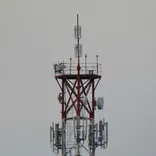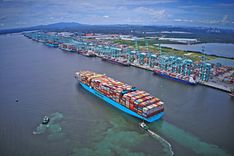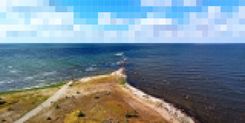Cybernetica’s Radio Communication System serves as the lifeline for maritime operations, playing a critical role in enhancing maritime situational awareness and fostering effective communication.
Radio Communication System core components
Key features
- VoIP technology
Cybernetica's first of its kind radio system relies on VoIP technology to link maritime radios with operators over IP networks. This ensures secure communication with encrypted protocols.
- GMDSS compatibility
Built by industry best practices, the radio communication system is GMDSS compatible, secure, reliable, and flexible, complying fully with IMO and IALA regulations and allowing tailored installations for unique security measures.
- Integrated traffic image
Real-time traffic image visualisation on the Operator Console, including live AIS and radar information, with optional navigational tools. May also include radio positioning information and DSC message visualization.
- Session management
Enables to detect the strongest received signal and determines the optimal shore-based network and hardware configuration for any communication session using signal analysis, It automatically selects the transceiver that provides the best quality of communications, visually displays this information to the operator, and balances the workload by distributing incoming calls evenly among operators.
- Recording & Playback
The system is equipped with an automatic and continuous archiving function with indexing for all voice and data recordings. System has a fast replay feature with a configurable time span on the Operator Console for immediate playback of the latest voice messages, telephone calls, and DSC messages for communication analysis.
- Radio Positioning
Based on multilateration and Time Difference of Arrival (TDoA) technology, estimated position of source of radio signal can be calculated and visualised. In addition to position estimation and leveraging signal analysis, TDoA can be utilized for identification and/or verification, confirming that the received signal originates from a single source. TDoA can be used to determine AIS spoofing. Integration of RDF is possible.
Optional components
Monitoring and Control System (automated monitoring of all system components)
Digital selective calling (DSC) solutions (Class A), all coastal system features supported.
Integrated radio positioning (TDoA) and radio direction finder (RDF) solutions
Telephone module (enabling operators to make calls to mobile or landline numbers directly from their consoles).
Automatic Identification System (AIS) solution, Management of AIS information from several AIS base stations; creation and presentation of common traffic image.




